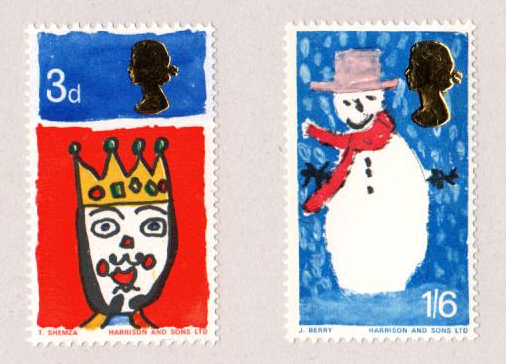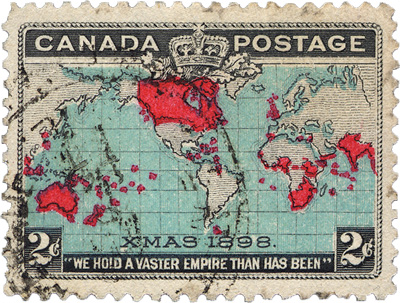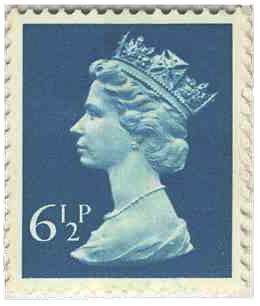Posts Tagged ‘Stamp Collecting’
Who issued the world’s first Christmas Stamp?
Did you know that since Royal Mail issued their first Christmas stamp in 1966, over 17 billion Christmas stamps have been printed in Britain? But as popular as they are today, Great Britain was late to the table when it came to issuing Christmas stamps. So which country can lay claim to issuing the first Christmas stamp?
The Contenders…
Canada – 1898
The first country to lay claim is Canada, which produced a stamp bearing the words ‘Xmas 1898’. But many people question whether this was really a Christmas stamp at all…
Denmark – 1904
Denmark claims it printed the first Christmas stamp in 1904 after an idea from postmaster, Einar Holboell, to add an extra stamp to the Christmas mail and the money go to help sick children. However these “stamps” were actually labels and not issued for postage.
Austria – 1937
Austria issued two stamps on 12th December 1937 for use on Christmas mail and New Year greeting cards.
Hungary – 1943
Finally, there is Hungary. Many people think the 1943 Hungarian stamps to be the first real Christmas stamps as they feature religious imagery.
The secret behind the Canadian stamp
It is fair to say however that the issue of the Canadian Christmas stamp did not really have much to do with Christmas. In fact it was a result of then Canadian Postmaster General William Mulock lobbying to standardise postage rates across the Empire at one penny.
After failing to get the new rules introduced at the 1897 Universal Postal Union, Mulock returned the following year more determined than ever, with a new proposal. This time he succeeded, and in July 1898, the Imperial Penny Postage rate was unveiled. Canada made the move to be effective on Christmas day 1898.
As a result, the stamp was officially released on 7th December 1898 bearing Mercator’s famous map with the British Empire highlighted in red, and also the words “XMAS 1898”.
So who can lay claim to issuing the first Christmas stamp?
Well despite the controversy, to me, there is only one winner – and that is Canada. Whether it was issued specifically for Christmas or not, it bears the words ‘Xmas 1898‘ and therefore I think it rightly deserves the title of first Christmas stamp.
The 50th anniversary of the most reproduced image in the world
50 years ago in 1964 Her Majesty the Queen approved a new portrait for her coinage, and set in motion a chain of events that led to the creation of the most reproduced image in the world.
The portrait in question was designed by Arnold Machin RA – and if you look in your pocket now you’re still likely to find a coin bearing the distinctive profile.
But even though millions of coins are struck every year – it was when the design was adapted for use on our stamps that it really took off…
300 billion and counting
Best estimates suggest that the Arnold Machin RA effigy of Queen Elizabeth II has now been reproduced on our stamps over 300 billion times – a staggering number.
In fact, amongst collectors, UK definitive stamps are now simply referred to as ‘Machins’ because the image is so ubiquitous.
But who is Arnold Machin RA, and how did he come to design this instantly recognisable image?
From pottery to sculpting the Queen’s portrait
Arnold Machin was born in 1911 in Stoke-on-Trent. Modelling and sculpture was in the family, but his father struggled to make ends meet with his freelance modelling job. Consequently Machin started work aged 14 at the Minton China Factory, as an apprentice china painter.
But he could not keep away from sculpture, and after a working for many years in the arts was appointed an associate member of the Royal Academy of Arts in London in 1947.
As if this wasn’t enough of an honour, in 1964 Machin was approached to design an effigy of the Queen for the new decimal coinage to be introduced in 1971. So, despite never having designed a coin before, Machin was granted four sittings with the Queen.
Cleverly using the bas-relief technique, which creates a raised sculpture from a plaster base, Machin came up with a design the Queen appreciated so much she has insisted it be used unchanged on our stamps for the past 40 years.
An £18,000 plaster cast
Perhaps testament to the enduring popularity of the image, and the design process behind it, one of Machin’s original plaster casts recently sold at auction for the princely sum of £18,000.
And I don’t think this will be the last we’ll hear of record breaking Machin sales – as time goes by the power of the image will not diminish, yet the availability of collectables will.
And now we are due to see a new portrait of the Queen on our coinage in 2015, this is bound to be an area to watch.
You may be interested in…

The Arnold Machin Queen Elizabeth II Philatelic Silver Set
The Westminster Collection is proud to present the first ever officially licensed silver philatelic set featuring Arnold Machin’s famous effigy of the Queen.
NOW SOLD OUT





